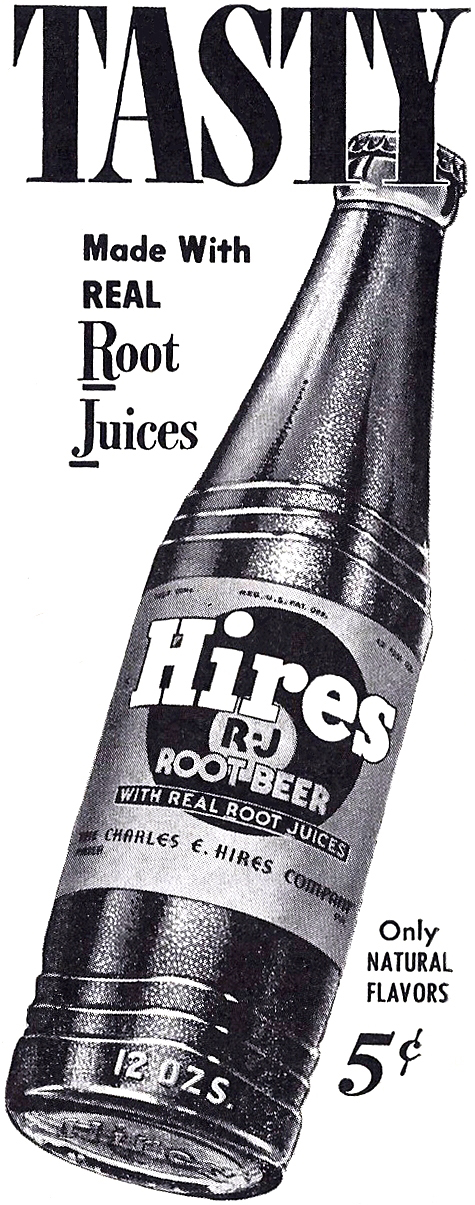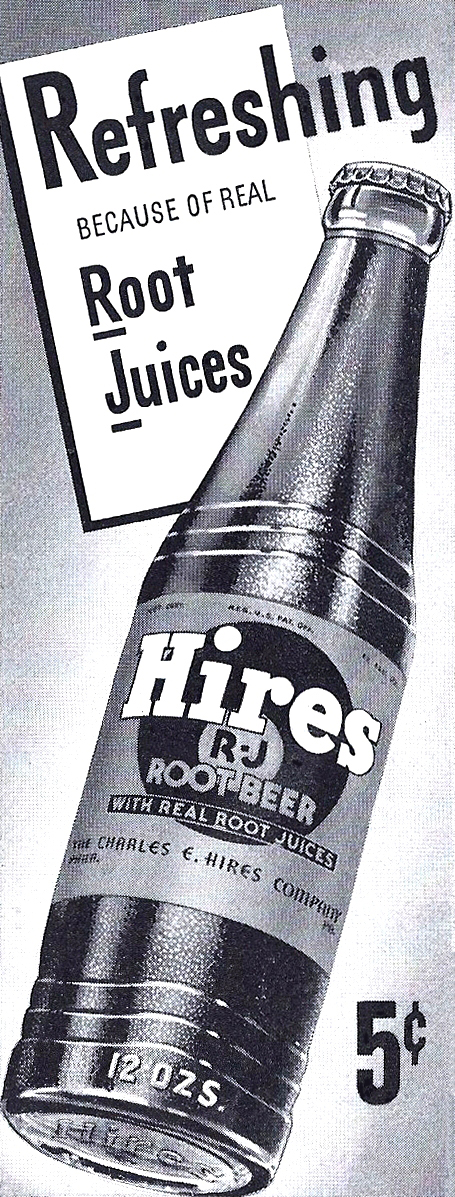1942
IT HAPPENED IN…1942
Wage and price freezes, rent ceilings, and other
anti-inflation measures took effect as the U.S. focused on the war.
The AFL and CIO agreed not to strike for the war’s duration.
College and university enrollment declined
sharply. Millions of
men went to war, women took posts in industries and military support
units, and rationing controlled consumption and preserved resources
for war production.
Crime rates jumped due to youths having one last fling before
entering the military.
“War time” became effective with clocks kept one
hour ahead of standard time all year.
Executive Order 9066 required all immigrants and
citizens of Japanese descent in the West Coast states be removed to
internment camps.
Victory Gardens appeared as vegetable
availability plunged, particularly in California where Japanese
Americans had been growing two-thirds of the state’s vegetables.
Sugar rationing began May 5th.
Gasoline rationing began in 17 eastern states
with a limit of three gallons per week set for nonessential driving.
A nationwide coupon system of gas rationing began December
1st.
Coffee rationing began November 29th.
The last new car manufactured in U.S. until 1945
rolled off the assembly line.
The “jitterbug” was the latest dance craze.
Zoot suits were in fashion for men.
Newly introduced products and inventions included
napalm, bazooka weapons, surface-to-surface guided missiles, duct
tape, instant coffee, and Kellogg’s Raisin Bran.
6,324 U.S. soft drink bottling plants were in
operation. Per capita
consumption was 126.2 bottles.
As 1942 dawned, the soft drink industry started faced
numerous challenges. Metals
were needed for war-related products, so they were suddenly in short
supply for the production of crown caps, new machinery, and parts for
machinery repairs. Delivery
fleets were impacted by the scarcity of fuel, lubricants, tires, and
truck parts. Of utmost
concern were the restrictions on the availability of sugar for
industrial use. Sugar was
by far the soft drink industry’s most essential ingredient and supply
restrictions plagued manufacturers for years to come.
(Figure 1942-01, magazine advertisement)
(Figure 1942-02, magazine advertisement, June, 1942)


